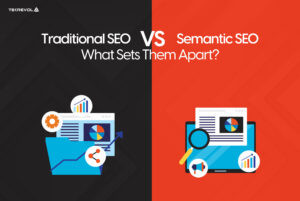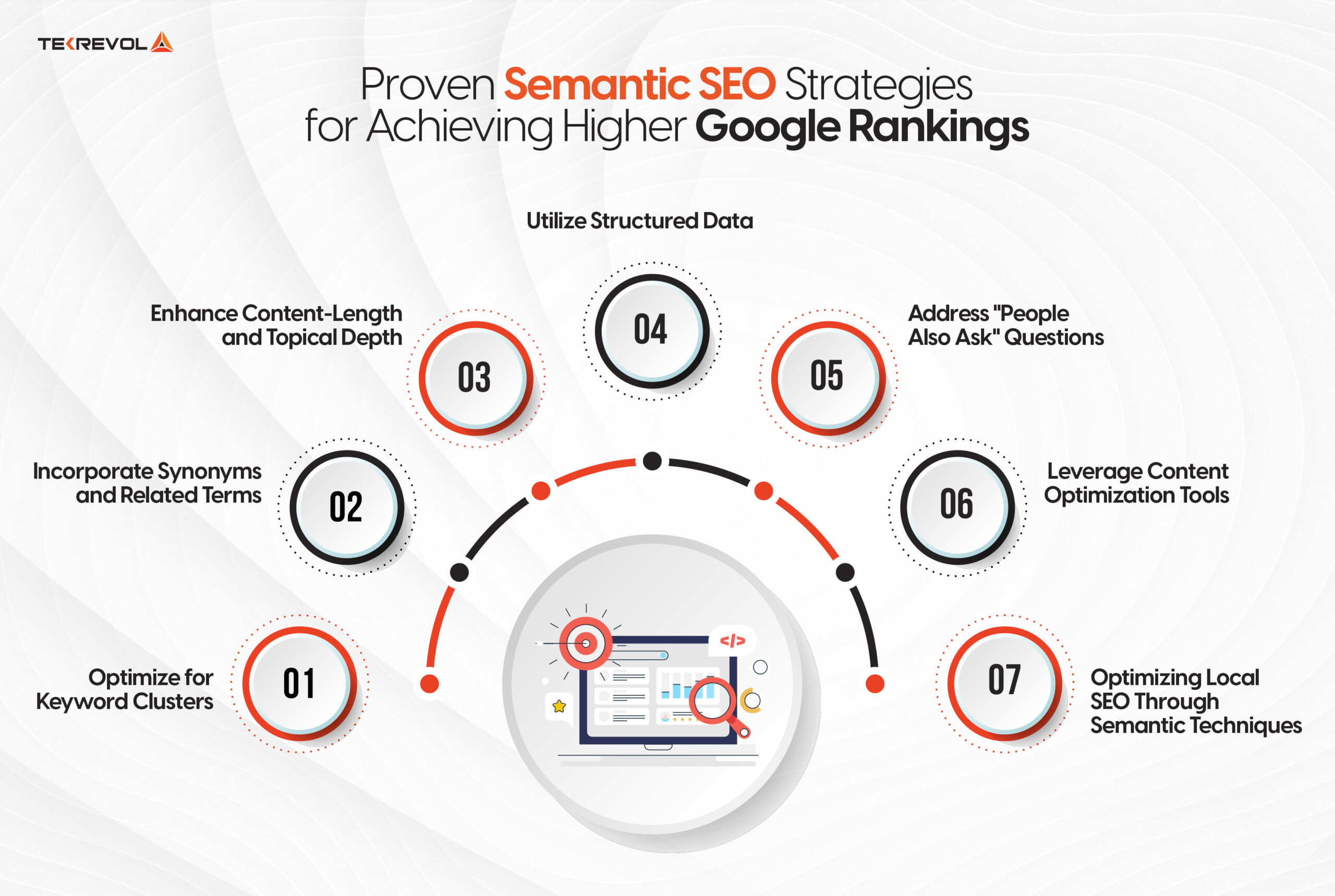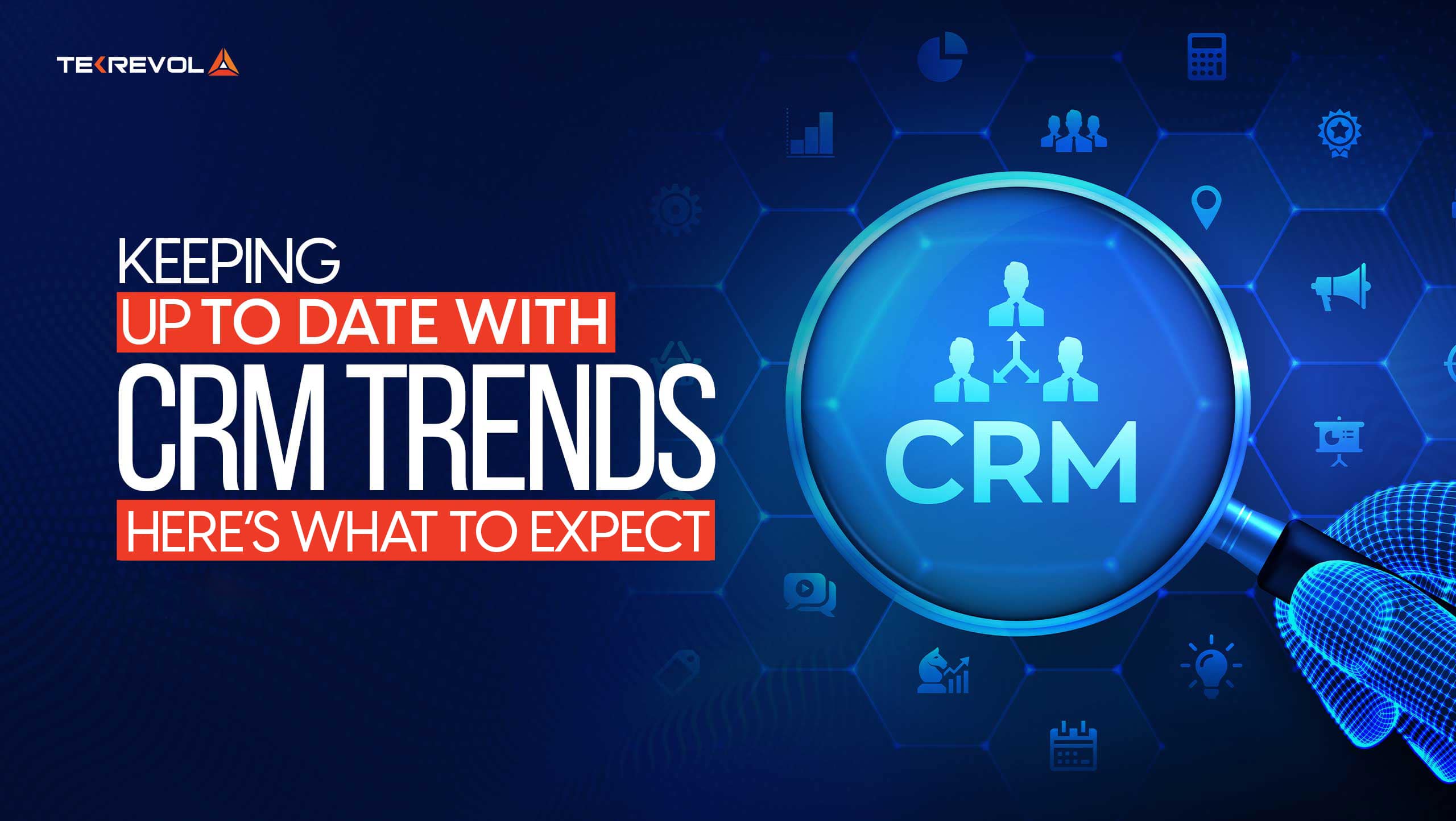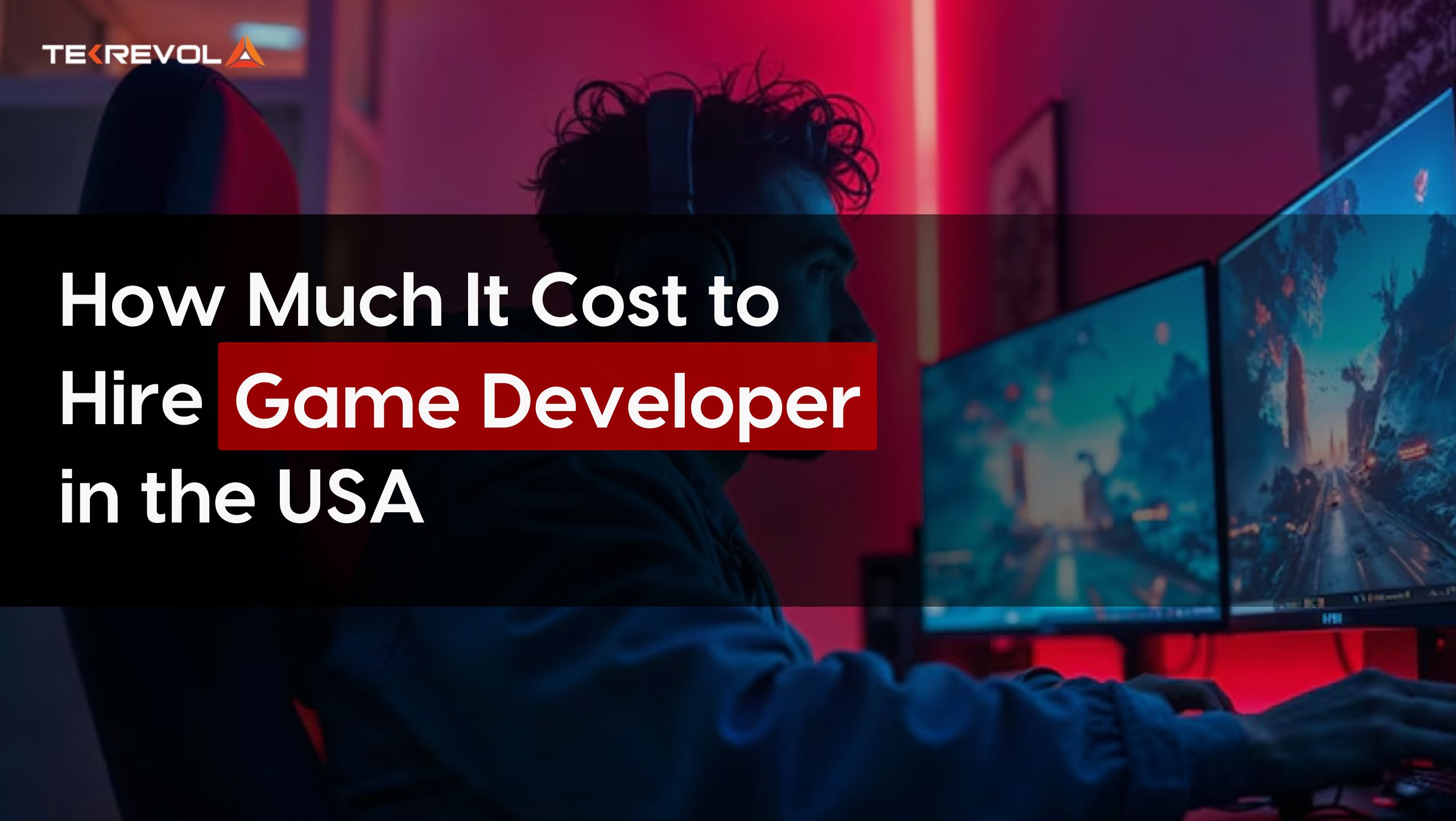Want better rankings in 2025? Semantic SEO is how you get there.
Google now understands meaning, not just keywords. And it is working, sites using semantic optimization strategies saw 2x more featured snippet placements and significantly better visibility in SGE results (Backlinko, 2024).
Unlike traditional SEO, semantic SEO focuses on relevance, relationships, and context. That means search engines understand not just what your page says, but what it means.
In this guide, you’ll learn how to apply semantic principles, structure content around intent, and use topic clusters that boost visibility on Google and AI-powered search.
What is Semantic SEO?
Semantic SEO is the practice of optimizing content around meaning and intent, not just exact-match keywords. It helps search engines understand context, relationships between topics, and what the user is looking for.
Search engines like Google and Bing now use natural language processing (NLP) and machine learning to decode not just words, but the meaning behind them. According to Search Engine Journal, Google rewrites more than 60% of title tags to better match search intent, proving how much it values semantic understanding over raw keywords.
For example, instead of just targeting the keyword “fitness,” semantic SEO includes related terms like “workout plans,” “home gym equipment,” “healthy meal prep,” and “fitness trends.” This builds topic depth and improves your chances of ranking for a broader set of queries.
By adopting semantic SEO, you’re not only helping algorithms, you’re delivering clearer, more relevant content to real people. It’s a smarter, future-proof strategy for sustainable rankings.
- Ready to optimize beyond keywords?
- Our SEO specialists can help you boost rankings and drive traffic.
How Does Google Understand Meaning Instead of Just Keywords?
Google uses natural language processing (NLP) and machine learning to understand the meaning behind words, not just match them. Its algorithms analyze user intent, entity relationships, and contextual clues to deliver more relevant, human-like results.
Since the rollout of Google’s BERT update in 2019 and later MUM in 2021, the search engine has been shifting from keyword matching to intent understanding.
Google itself said:
“The full context of a word by looking at the words before and after it,” something older algorithms couldn’t do.
As Google continues surfacing direct answers on the results page, a growing number of searches now end without a single click. Understanding how this affects visibility is critical for websites hoping to earn space in featured snippets and AI-generated summaries shaped by zero-click search behavior.
That’s why Google favors semantic signals like:
- Topic clusters (e.g., a main page + related supporting content)
- Entity-based optimization (e.g., known concepts like “iPhone” or “Tesla”)
- Structured data and schema markup
By writing with meaning in mind, you’re not just helping search engines; you’re meeting your audience where they are.
Why Old Methods of SEO No Longer Work
The face of SEO has evolved dramatically, rendering old methods such as keyword stuffing and over-optimization through backlinking much less effective. Google places increasing importance on content quality, topicality, and user interaction.
Rather than ranking pages solely by keyword density, search engines determine how well content meets user intent and offers a smooth experience. Companies that continue to employ old methods stand the risk of dropping out of view.
In order to remain competitive, brands need to embrace more integrated SEO services, including structured data, semantic search optimization, and compelling, value-based content that is attuned to today’s search algorithms.
Traditional SEO vs. Semantic SEO: What Sets Them Apart?

Semantic SEO is a natural way to analyze and optimize pages than standard SEO methods. While it focuses on keywords and modifying your webpage’s content for better ranking, semantic SEO is more than that.
Rather than focusing on the precise words and phrases that a user enters into a search engine, Semantic SEO considers the context, purpose, and other associated meanings of a user’s search. It is about connecting material to user demands that can be met using key phrases, but not exact search queries.
| Aspect | Traditional SEO | Semantic SEO |
|---|---|---|
| Keyword Strategy | Centres around specific keywords and their density. | Focuses on broader, related terms and phrases connected by meaning. |
| Content optimization | Customized content to match exact keywords for ranking purposes. | Optimizes content based on context, meaning, and overall relevance. |
| User Intent | User intent is often secondary to keyword targeting. | Prioritizes understanding and aligning with user intent and needs. |
| Content Depth | Limited to targeting individual keywords, often lacking depth. | Emphasizes comprehensive, in-depth coverage of a topic. |
| Search Algorithm Focus | Aims for higher rankings by keyword match alone. | Focuses on addressing algorithm advancements like NLP and deep learning. |
| Ranking Objective | Targets higher rankings through keyword usage and backlinks. | Achieves better rankings by addressing user queries in a meaningful way. |
| Contextual Relevance | Relies on keyword stuffing and basic SEO techniques. | Considers the entire context of search queries for relevance and value. |
Why Semantic SEO is Important?
Semantic SEO helps search engines understand the deeper meaning of your content, so you rank for what people mean, not just what they type. It improves relevance, visibility, and your chances of appearing in rich results and AI-powered summaries.
With over 90% of content receiving no organic traffic from Google (Ahrefs, 2023), publishing content that simply uses the “right keywords” is no longer enough. Semantic SEO ensures your content aligns with search intent, builds topic authority, and connects with how algorithms and humans process information.
It also opens the door to features like featured snippets, People Also Ask boxes, and better performance in AI-driven search (SGE). When your site is structured around meaning and context, you signal quality, depth, and credibility, boosting both SEO rankings and user trust.
For B2B brands, ranking higher with the right context can translate directly into more qualified leads. Semantic SEO improves not just visibility but the way search aligns with how B2B buyers evaluate and research solutions, especially across longer, more complex sales cycles like those found in lead-focused B2B SEO strategies.
- Unsure how to apply Semantic SEO to your content strategy?
- Our experts review your site for semantic optimization to drive the impact.
What Are the Key Elements of Semantic SEO?
Semantic SEO relies on topic clusters, internal linking, entity optimization, and structured data to help search engines understand context and relationships. These elements work together to improve relevance, authority, and content discoverability.
Semantic Search: It helps search engines better understand the true meaning of a single query by focusing on the sense and context used only during the search term process.
Entities: In semantic SEO, entities are concrete individuals, geographic regions, objects, or ideas. They are recognizable by search engines and create a database that lets the search engine understand the subject of your content.
Knowledge Graph: A tool that involves creating a map of different items and their interconnection. This information is used by search engines like Google to give more accurate and personalised search results, which are usually elaborate.
Schema Markup: The data is inserted into your website’s HTML code to help search engines comprehend the material on your page. With the help of schema markup, you can optimize for rich snippets, knowledge panels, and other enhanced search options.
Latent Semantic Indexing (LSI): Associations of terms of concepts in the content created. This helps to define the areas related to your page and refine how the material within it seems applicable to the end user.
Co-Occurrence: Co-occurrence examines the frequency at which particular terms are used simultaneously, either in one document or in several documents. This aids search engines in understanding the relationships of the terms and enhances on relevancy of search results.
Natural Language Processing (NLP): NLP is a branch of AI that understands language used by people. In semantic SEO use of NLP is for better understanding the meaning and intention behind the phrases and queries included in the content.
Long-Tail Keywords: These are general keywords, which are often long phrases consisting of 3 or more words that are more specific and less popular at the same time. Using long-tail keywords allows for better targeting of specific audiences and makes the content more relevant.
What Are The Benefits of Implementing Semantic SEO?
Creating a semantic SEO strategy has several benefits for those companies that have decided to set up their presence on the Internet and take higher positions in the ranks of the search engine floods. If you’re unsure whether adopting this approach is right for you, here are some key benefits that can make a real difference:
1. Boosts User Engagement
When content addresses user questions clearly and contextually, visitors are more likely to stay, click, and engage.
Pages that match search intent see up to 52% lower bounce rates (Semrush, 2023). This engagement sends strong relevance signals to Google, improving both rankings and time-on-site metrics.
2. Establishes Your Site as a Trusted Source
Google’s E-E-A-T (Experience, Expertise, Authoritativeness, Trustworthiness) framework plays a critical role in semantic search. A study by Moz shows that content optimized for E-E-A-T earns 28% more visibility in search results over time.
Crafting content that aligns with searcher intent and provides value signals credibility to both users and algorithms.
3. Increases SERP Rankings
Semantic SEO improves keyword breadth and relevance, helping you rank for more long-tail queries.
According to Backlinko, pages optimized with topic depth rank for 4x more keywords on average. This increases your chances of appearing in rich results, featured snippets, and AI-driven search experiences (SGE).
4. Enhances Content Quality
Semantically optimized content naturally covers more ground. This not only educates users but also increases average session duration. HubSpot reports that long-form, context-rich content generates 3x more traffic than standard blog posts.
Great content can still underperform if your site structure gets in the way. Semantic relevance depends on internal links, page hierarchy, and crawlable design, many of which are overlooked in basic audits. Reviewing those technical gaps, during a site-wide SEO and UX audit, can elevate how search engines interpret the value of your pages.
The result? Higher SEO value, more backlinks, and greater authority in your niche.
Proven Semantic SEO Strategies for Achieving Higher Google Rankings

Semantic SEO includes various approaches to the optimization of your website content so that it is better understood by search engines and more relevant. The ultimate aim is to give an elaborate explanation of the topics and the actual message of your content. Here are some effective strategies to enhance your Semantic SEO:
1. Optimize for Keyword Clusters
Do not concentrate on a single keyword but target some other related keywords that belong to the same semantic field. This refers to combining keywords that relate to content and applying them throughout the website.
Example: Instead of just focusing on “healthy recipes, if you are running a website related to a healthy diet, you may want to target a cluster of phrases such as “nutritious meal ideas”, “quick healthy snacks”, and “easy vegetarian recipes”. This wider approach helps Google understand the relationship between your content and several related terms, thus increasing the possibility of ranking for several keywords.
2. Incorporate Synonyms and Related Terms
With the help of recent revolutionary techniques in Natural Language Processing (NLP), ‘Google’ is capable of identifying synonyms as well as semantically relevant words or phrases; therefore, the method of ‘Keyword Stuffing’ is no longer. However, try to use the synonyms within your content as smoothly as possible for the best results.
Example: If the theme of a webpage is going to be “running shoes,” then it will be appropriate to use such phrases as “athletic shoes,” jogging sneakers,” “trainers,” and others. These can be placed in headings, meta descriptions, and image alt tags, which in turn make the content more enriched and easily understandable by the user.
3. Enhance Content-Length and Topical Depth
Even though content length is not one of the Google Ranking factors, the studies show that contents that is long and detailed perform better in search results. It is essential to give as much data as possible related to your topics and to present the material enlightening way from various points of view instead of giving only simple reasons for a problem.
Example: If you have a blog post on ‘the benefits of yoga’, then do an expert tutorial instead of a summary, explaining various kinds of yoga, their health implications, for beginners, and other exercises like meditation. This comprehensive procedure informs the search engines that your content is highly authoritative and beneficial.
4. Utilize Structured Data
Structured data is an excellent approach to expressing the semantics of text to search engines. The use of schema markup guarantees that the attributes of a given content and its environment are clearly stated.
Example: For an online store, using the product schema to describe an item allows you to build on necessary information such as the product’s name, price, availability, and reviews. When search engines can extract this type of structured data, it increases the relevance and importance of your article in the search results list.
5. Address “People Also Ask” Questions
One of the advanced SEO strategies to enhance the semantic depth of the content is to respond to frequently asked questions about the primary keyword. The “People Also Ask” or PAA is also included in Google, where it shows the most searched questions related to the search query.
Example: If your website is about digital marketing, find out the PAA questions, such as ‘What is SEO?’ or ‘How to launch a social media campaign?’, and incorporate the answers into your content piece. This can also improve your relevance to the semantic query and place your website page among the top choices for users.
6. Leverage Content Optimization Tools
Content optimization tools are useful for deciding what related semantic terms might be relevant, which you may not have thought about. There is a way to use the features of applications such as AnswerThePublic, SEMrush, and Grammarly to view topics that dominate the top content.
Example: having access to SEMrush, you can define the most successful materials associated with the keyword ‘personal finance’ and establish that it is used in conjunction with such terms as ‘budgeting tips,’ ‘saving strategies,’ and ‘investment options.’ If you include these in your content, you not only improve the relevance as such but also its topical depth critical for Semantic SEO.
7. Optimizing Local SEO Through Semantic Techniques
Semantic local SEO is therefore important for any business that operates in a certain geographical region. This entails the process of local search engine optimization of your website, improving your Google My Business listing, and local listings.
Searching location-based terms and making content related to specific locations’ events or attractions helps improve visibility. Additional recommendations and the use of structured data like Local Business schema also enhance search rankings.
Example: A local business, such as a local coffee shop that wants to rank for ‘best coffee shop in Downtown Seattle’ should request an update on its Google My Business listing and should create content about local Seattle events to drive more local traffic.
How TekRevol Can Help You with a Semantic SEO Strategy to Improve Your Business Visibility?
Semantic SEO requires the use of the right tools and strategies to work as expected. There are a lot of things you need to consider regarding SEO, and knowing about them alone can be quite overwhelming. This is why having a team of professionals can turn the trick and give your business the much-needed boost.
TekRevol offers a full range of SEO and digital marketing services to ensure the desired increase in traffic and sustainable growth.
Our specialized employees provide you with professional advice and set out an individual plan based on your specific business requirements. As we work to improve your website’s ranking and increase your visibility online, our goal is to increase traffic with a high potential for purchases.
- Ready to grow your business online?
- Our SEO experts can help improve your business visibility with technical SEO solutions!

 6419 Views
6419 Views March 24, 2025
March 24, 2025









